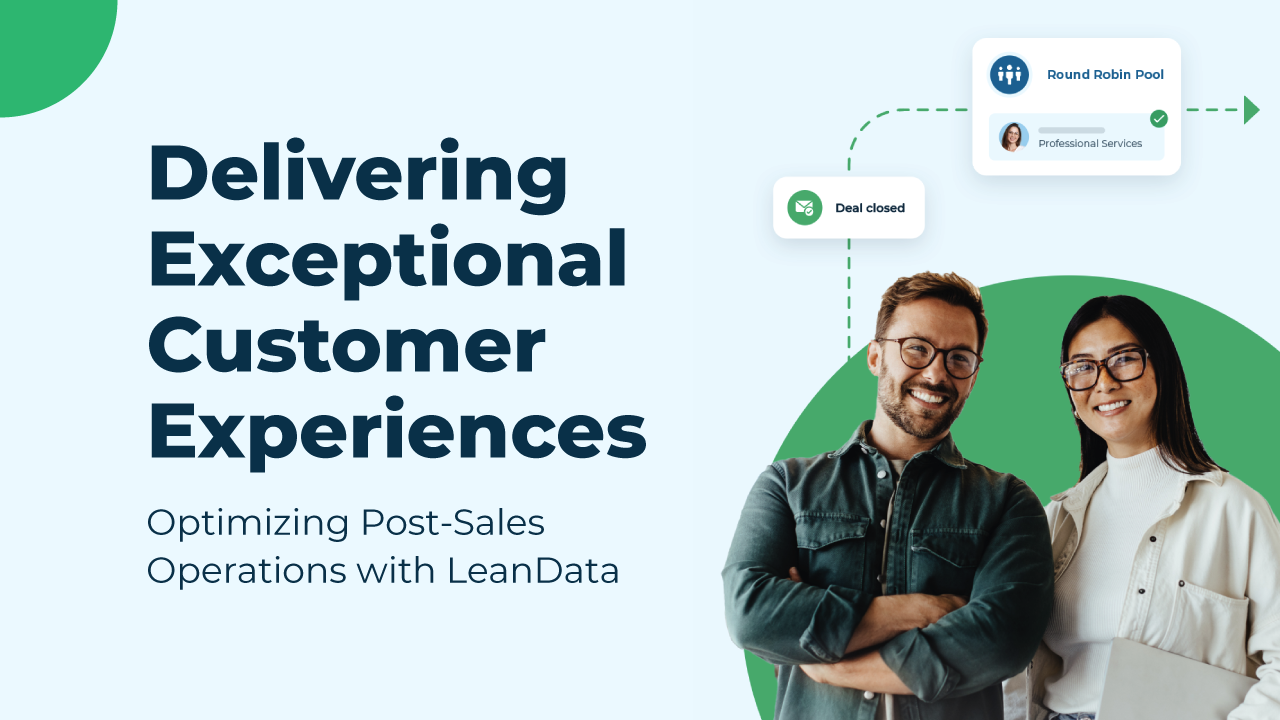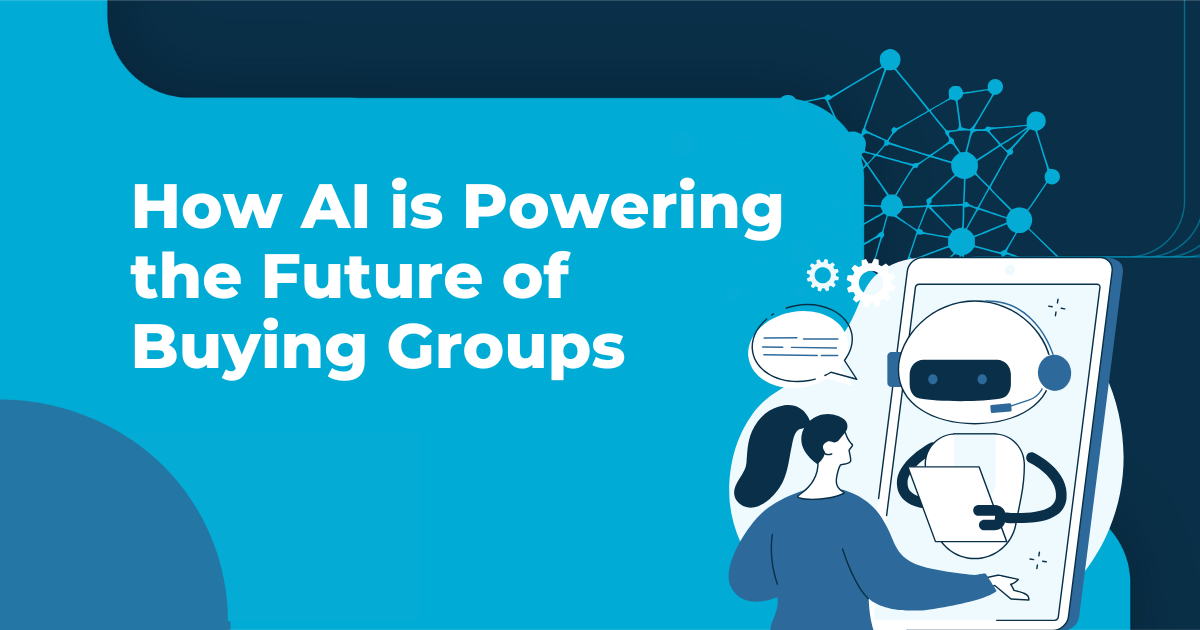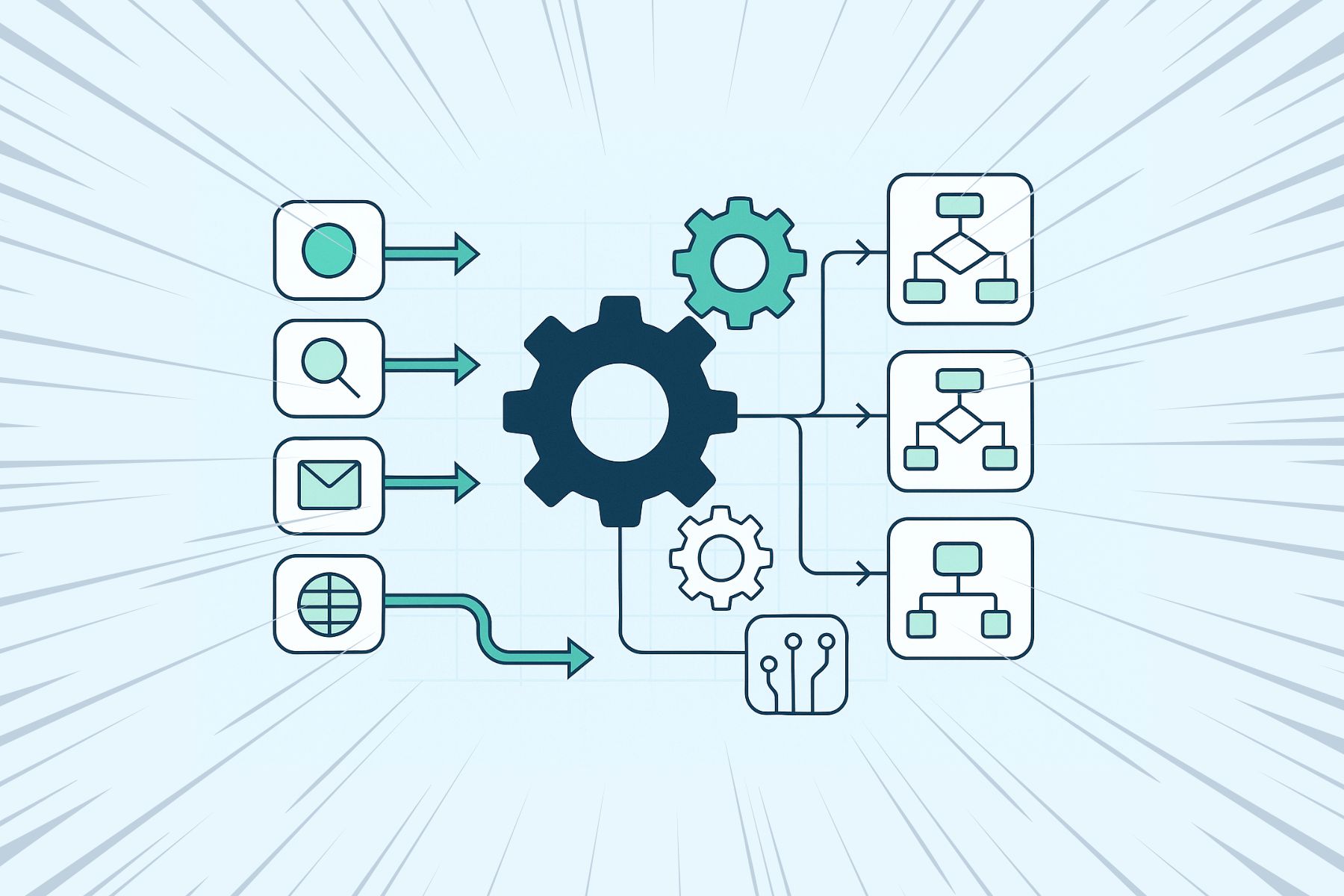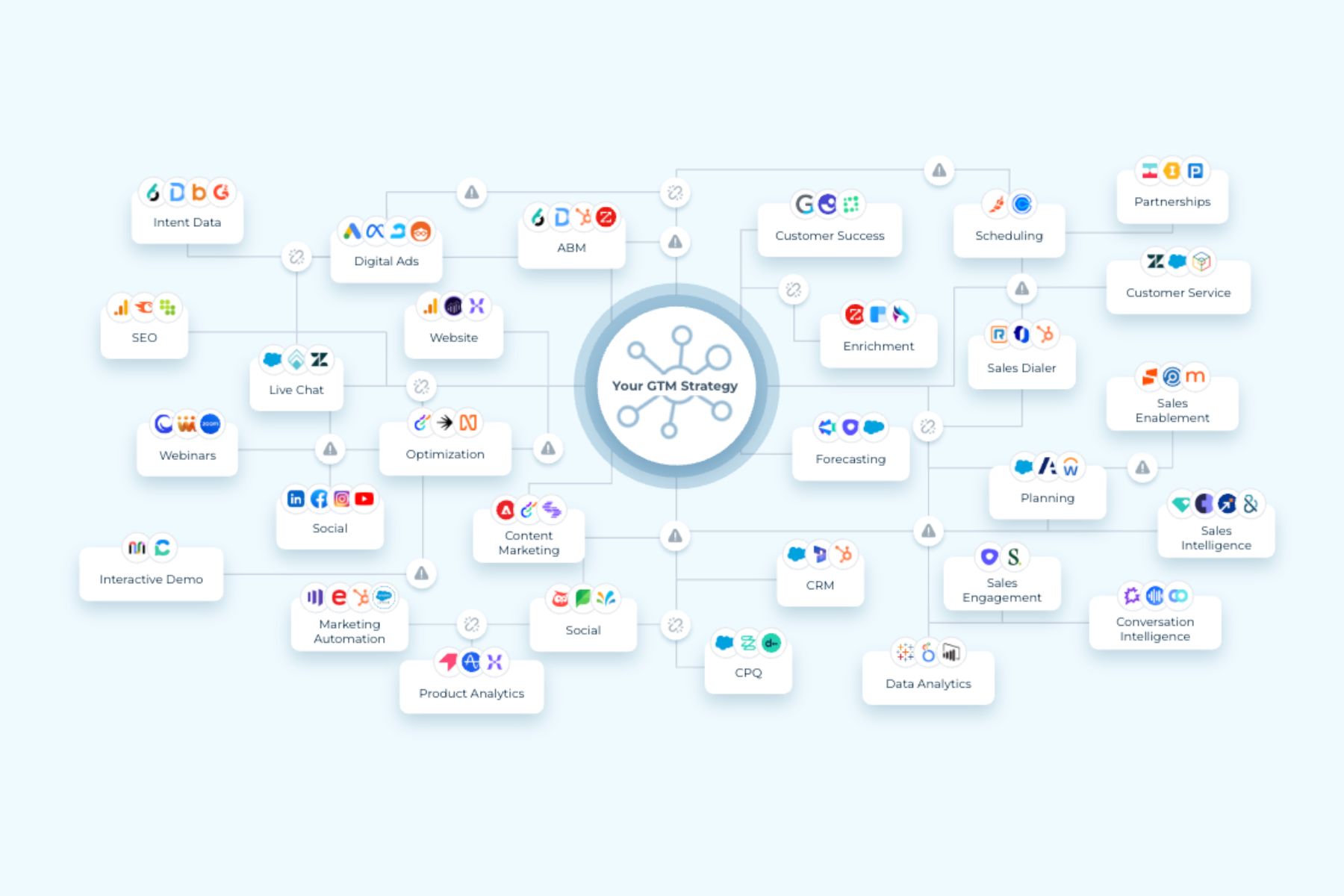The GTM Orchestration Maturity Model Explained
When you look at your go-to-market strategy, do you know exactly where it stands in its evolution?
Most GTM leaders sense there is a next level, yet it is not always clear what that next level should be.
That’s where the GTM Orchestration Maturity Model comes in. It provides a framework to evaluate your current capabilities, identify areas for improvement, and plan for the future.
The model is divided into three stages: Alignment, Automation, and Orchestration.
Each stage builds on the one before it, plus each has distinct goals, use cases, and results. Understanding where you are now makes it much easier to decide where to go next.
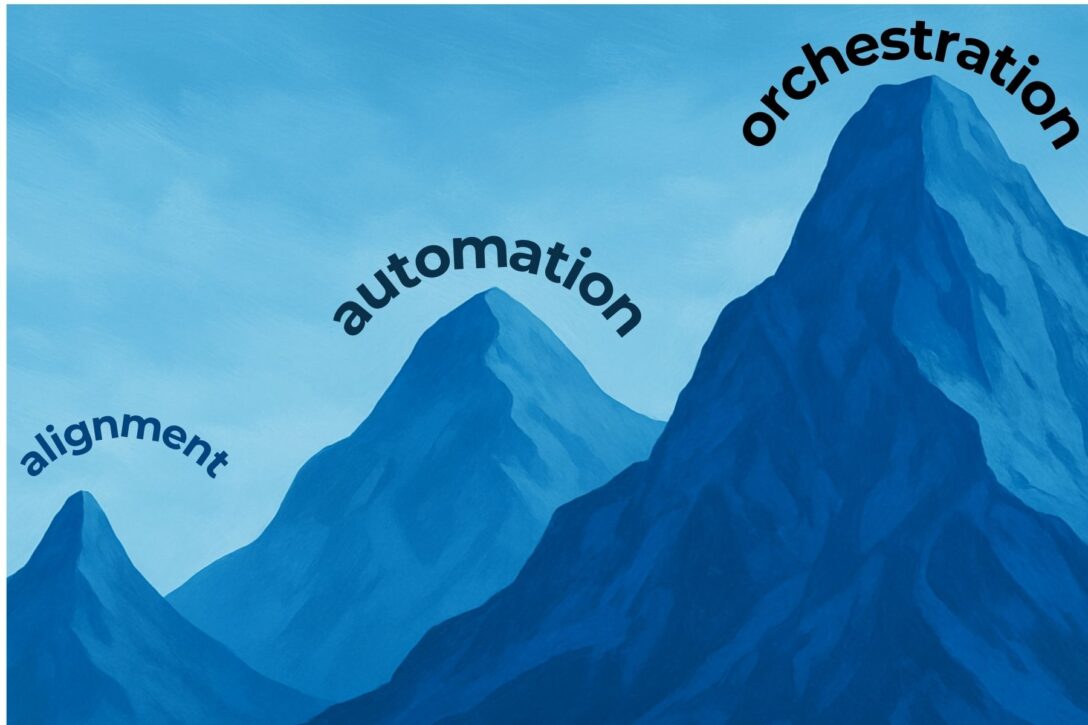
Why a Maturity Model Matters
GTM Orchestration has become more complex. Multiple systems, fragmented data, and siloed teams create friction that slows revenue growth. Without a roadmap, improvements often happen in isolation and miss the bigger opportunity.
A maturity model solves this by giving you a shared language and clear milestones.
First, it helps teams align on what is most important. Next, it creates a way to measure progress over time. Then, you can make better decisions about technology investments, team structures, and process improvements.
Stage 1 — Alignment: Data-Driven Assignments
The first stage of the GTM Orchestration Maturity Model focuses on making better use of the data you already have.
The goal is to leverage your CRM data for faster and more accurate lead matching and assignments. When data is deduped, enriched, and routed correctly, sales teams can act quickly.
Focus: Data-driven assignments.
Goals:
- Improve lead matching accuracy
- Eliminate delays in lead routing
- Create a baseline for measuring performance
Core Use Cases:
- Data deduplication and enrichment
- Matching leads to accounts
- Assignments to the right team member
- SLA tracking to ensure follow-up
- Process auditing for accountability
Teams Involved:
- Marketing
- SDR, BDR, or MDR teams
Results: Speed to lead improves because leads get to the right person without manual delays.
Typical Change Management Effort: 8 to 12 weeks with a project manager and consultant guiding the process.
When you reach this stage, you have a clean, reliable foundation. Then you can confidently layer on automation that uses real-time buyer signals.

Stage 2 — Automation: Signal-Driven Workflows and Integrations
The second stage takes you from reactive processes to proactive engagement. By integrating buyer intelligence across your systems, you can automate actions from the very first signal through closed-won.
Focus: Signal-driven workflows plus integrations across the GTM tech stack.
Goals:
- Consolidate buyer intelligence into one connected workflow
- Trigger assignments, follow-up, and escalation automatically
- Reduce manual work so teams can focus on higher-value activities
Core Use Cases:
- Advanced assignments based on real-time criteria
- Integration of GTM data from multiple sources
- Workflow automation for repetitive tasks
- Meeting scheduling from within the process
- SLA enforcement to maintain responsiveness
Teams Involved:
- Account Executives
- Partners
- Sales Managers
Results: Higher conversions and faster pipeline progression.
Typical Change Management Effort: 12 to 14 weeks with a project manager and consultant.
At this stage, GTM Orchestration begins to connect the dots between different parts of the buyer journey. Plus, you create a consistent experience for buyers whether they enter through inbound, outbound, or partner channels.
Stage 3 — Orchestration: GTM Intelligence Across the Lifecycle
The third stage applies GTM intelligence and automation across the entire customer lifecycle. Instead of focusing only on acquisition, you now optimize every touchpoint from onboarding to renewal and expansion.
Focus: GTM intelligence plus automation for post-sales motions.
Goals:
- Extend automation beyond the initial sale
- Use AI-powered insights to predict customer needs
- Increase customer lifetime value through retention and expansion strategies
Core Use Cases:
- AI-powered insights for renewal risk or upsell opportunities
- Onboarding workflows to ensure quick adoption
- Case management for proactive issue resolution
- Partner assignment for joint customer engagements
- Renewal and churn management
- Upsell and cross-sell automation
Teams Involved:
- Customer Success
- Customer Service
- Account Managers
Results: Higher customer lifetime value and more predictable growth.
Typical Change Management Effort: 14 to 16+ weeks, often with a solution engineer involved.
At this level, GTM Orchestration becomes a company-wide capability. Marketing, sales, and customer success share a unified view of the customer. Consequently, every team member can act with full context, which strengthens relationships and drives long-term revenue.
Moving From One Stage to the Next
Progressing through the GTM Orchestration Maturity Model is not about rushing to the top. It is about building a solid foundation at each stage so the next stage delivers maximum impact.
From Alignment to Automation
Focus on data quality first. Then integrate intent and engagement signals from your marketing automation platform, CRM, and other tools. Invest in workflow automation to reduce manual tasks.
From Automation to Orchestration
Expand automation into post-sales processes. Connect customer data from support, product usage, and account management into one lifecycle view. Use AI-driven insights to guide proactive actions.
Plus, at every stage, invest in cross-functional collaboration. The more your teams understand each other’s workflows, the smoother your GTM Orchestration will run.
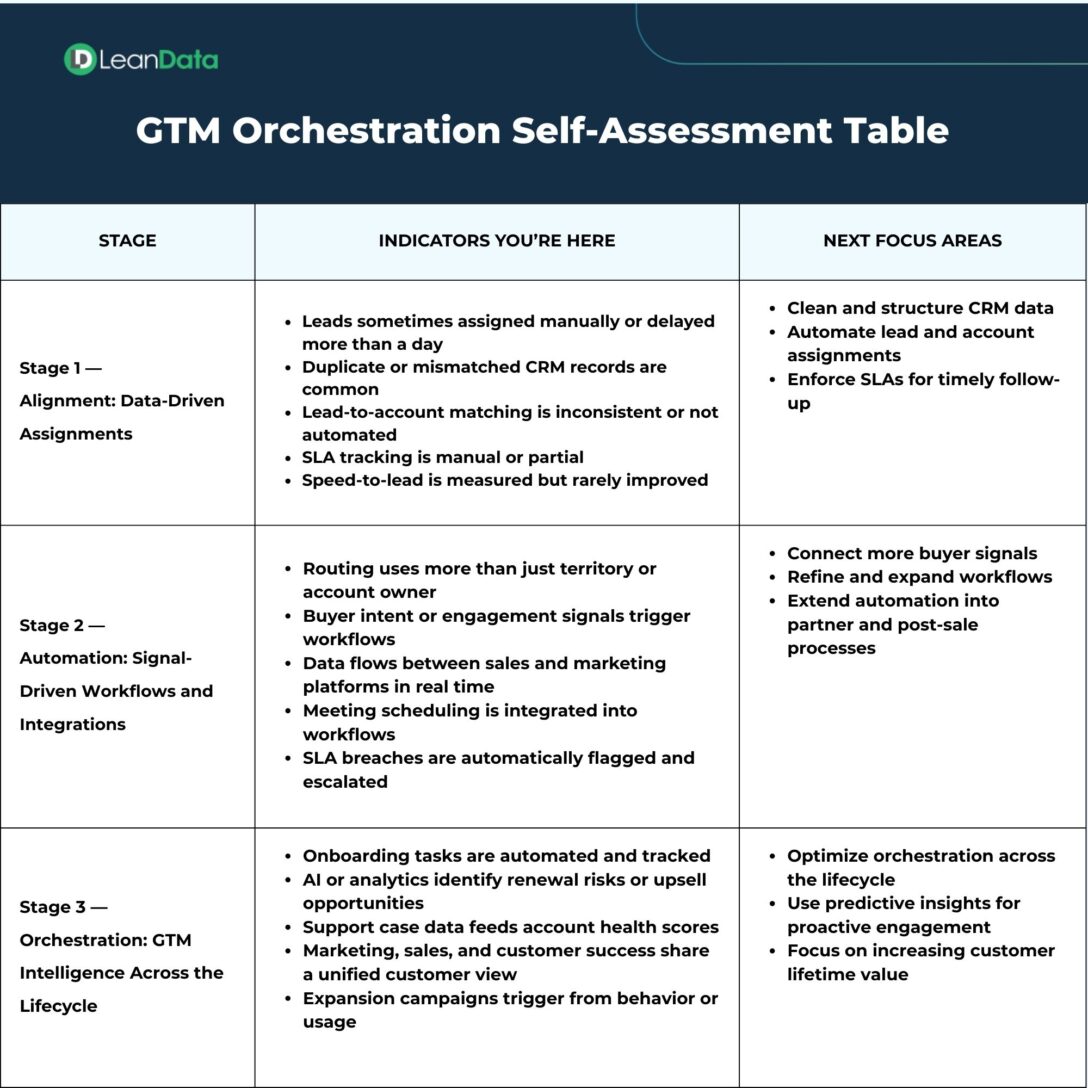
The Payoff of GTM Orchestration Maturity
Reaching higher levels of GTM Orchestration maturity pays off in multiple ways.
First, you can respond to buyer signals faster. Next, you increase conversion rates and pipeline velocity. As a result, customer retention improves, and expansion opportunities become easier to identify.
Better orchestration also improves team alignment.
Sales, marketing, and customer success no longer operate in silos. Instead, they share data, coordinate actions, and work toward common goals. This leads to more predictable growth and greater resilience in changing market conditions.
Your Next Step in the GTM Orchestration Journey
Every organization has a starting point, and every stage brings new opportunities. The GTM Orchestration Maturity Model can help you assess where you are today and identify the steps that will bring the biggest impact next.
Whether you are cleaning up data in your CRM, automating buyer signal workflows, or orchestrating the entire customer lifecycle, the key is to move forward with intention. Build capabilities that can scale, and make sure each stage sets you up for the one after it.
Your GTM Orchestration journey is not just about better processes. It is about giving your teams the insight, tools, and timing they need to deliver the right experience to every customer, every time.








